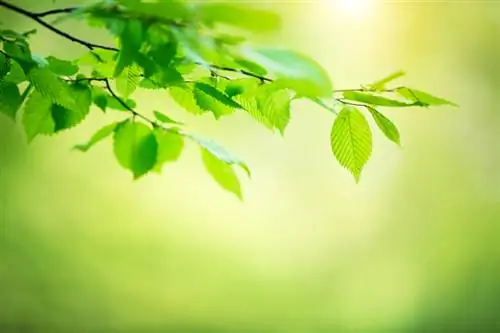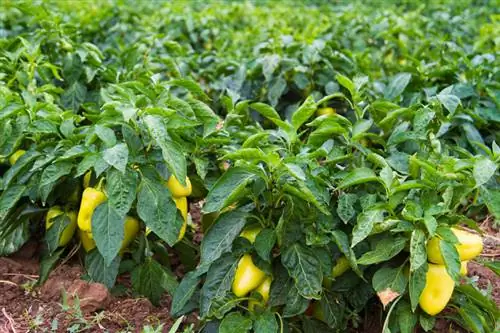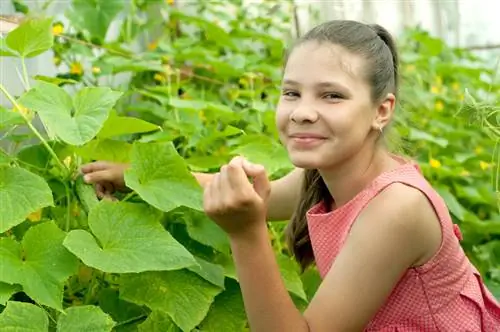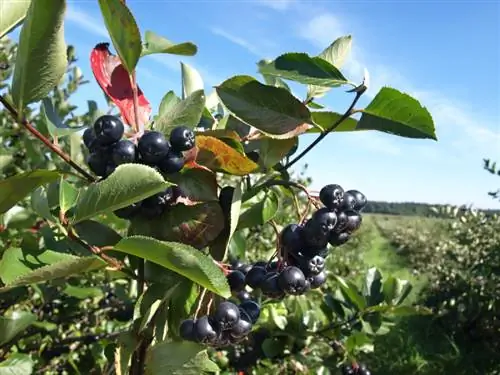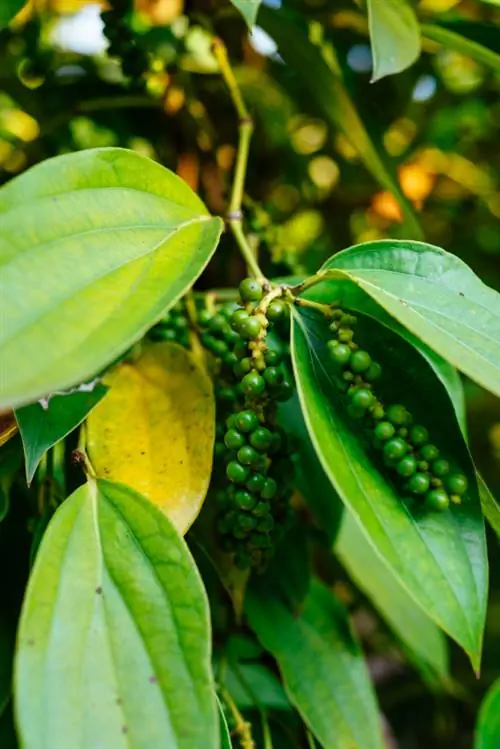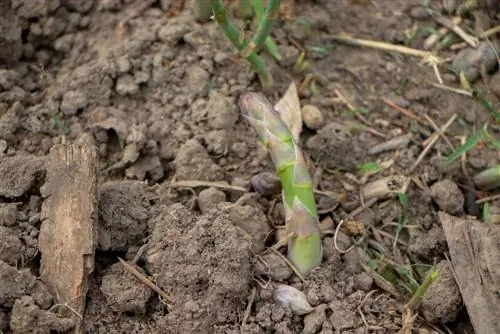- Author admin [email protected].
- Public 2023-12-16 16:46.
- Last modified 2025-06-01 06:02.
Beeches have very characteristic leaves that allow you to easily identify a beech tree. Their beautiful autumn color is one of the reasons why beech trees are so popular in gardens and grounds.

What do beech leaves look like?
Beech leaves are egg-shaped, oval, 5-11 cm long and 3-8 cm wide. They are green or red-green, have a slightly serrated edge and a wavy surface with visible veins. In autumn they turn yellow-orange or red-orange and often remain on the tree until they sprout.
You can recognize beech leaves by these signs
- Leaf shape: ovoid, oval
- Length: 5 - 11 cm
- Width: 3 - 8 cm
- Color: common beech: green, copper beech: red, red-green
- Edge: slightly sawn
- Appearance: wavy, clearly visible veins
- Autumn color: yellow-orange, red-orange
- Arrangement: alternate
Although the common beech is also called the common beech, the leaves are green. The name European beech refers to the wood, which has a slightly reddish color.
Leaves hang on the beech tree for a long time
A special feature of the beech is the fact that the leaves do not fall off in autumn. Although it dries up, it often remains on the tree until the new leaves emerge. That's why beech trees are well suited as hedge plants because they offer good privacy even in winter.
Identify diseases by the leaves
If the leaves show spots, curl up or dry out prematurely, this is a sign that something is missing from the beech tree. If the leaves are dry, you should check whether the beech tree has enough moisture or whether it is even waterlogged. Both lead to the leaves no longer being properly supplied.
Fungal diseases are often responsible for the change in the leaves. But pests are also a danger to beech foliage.
Difference to the leaves of the hornbeam
The leaves of a hornbeam are slightly smaller than beech leaves. They are heavily sawn at the edge.
If you are not sure what the leaves are, touch the foliage. If it feels very soft and young, it is beech leaves. Hornbeam leaves are harder and appear a little older when crushed.
Tip
Beech leaves are a very good fertilizer. If you care for a beech tree or a beech hedge in the garden, simply leave the he althy leaves lying around. It breaks down and releases valuable nutrients.

